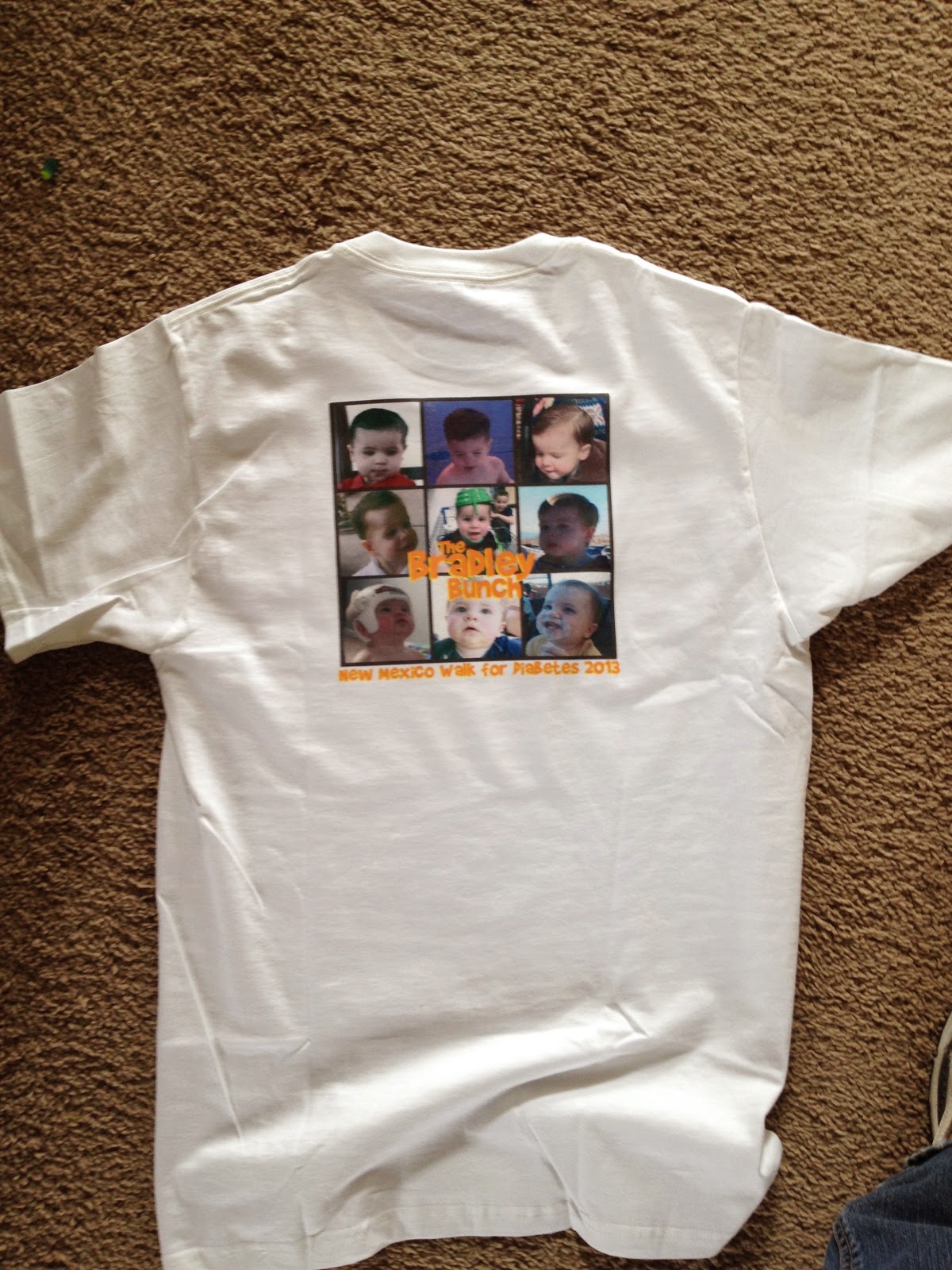Today I am sharing with you how Bradley gets his insulin on a daily basis. Brad's body does not produce insulin on its own. In order for him to get insulin, we have to give him shots. He typically gets five shots a day: breakfast, lunch, snack, dinner and bedtime. He gets them in his arm, leg or stomach area. He prefers getting them in his arm or stomach. He complains when he gets them in his legs.
The drops you see on this spoon is how much insulin Bradley gets after each meal. It is a half of unit of insulin. Not very much at all. I cannot get over how something so small can make such an impact on his body. As he grows, he will need more but right now this is plenty of insulin for most meals.
Half Unit of Insulin
This is what a half unit of insulin looks like in the needle when you draw it (this is usually what he gets after meals). It is as thin as a line on a paper. It is so important that you do not give him too much insulin.
One Unit of Insulin
If you give him a smudge more insulin his blood sugar will drop and that it very dangerous. He could have seizures, pass out and/or go into a diabetic coma.
I am so thankful for all the research that has happened for diabetics. 100 years ago Bradley would have not been expected to live because there was no fast-acting insulin. Now there is and it allows Bradley to lead a very normal, healthy life. His life span is just like everyone else. All this is because of research. 80 percent of money raised by the JDRF goes directly to support research. Please help me and support the JDRF so we can continue to make advances and better the lives of Type 1 Diabetics.




















